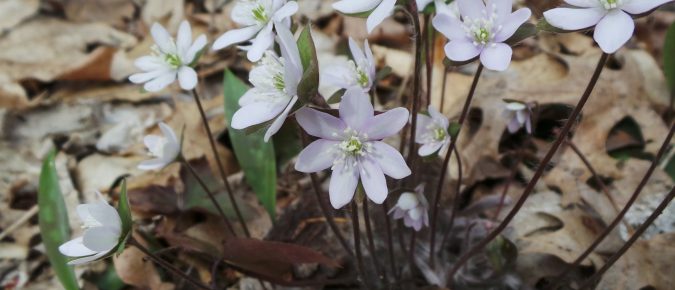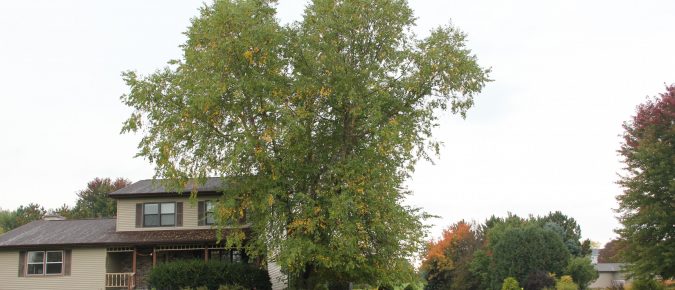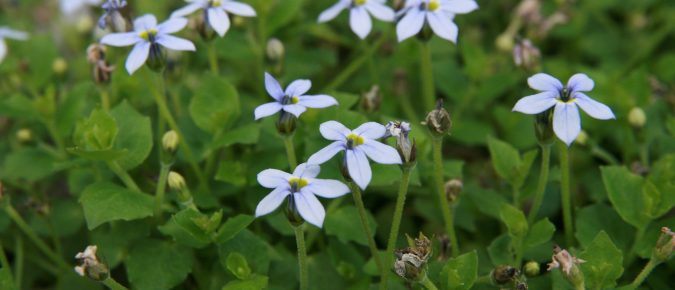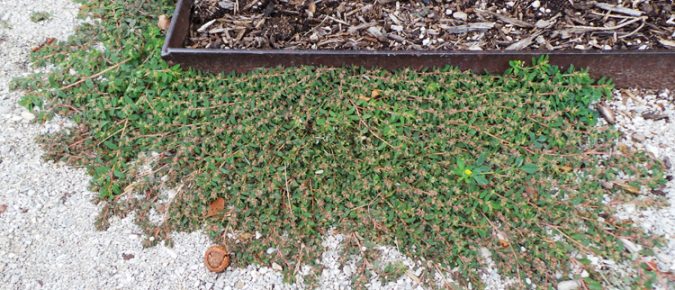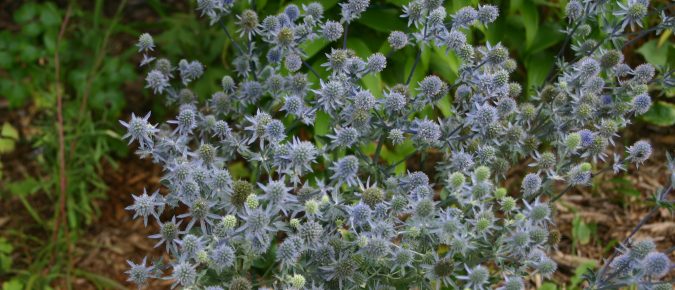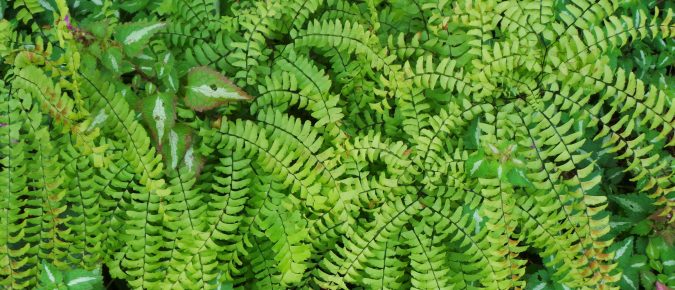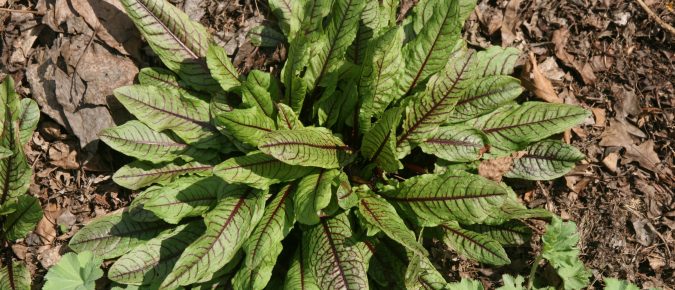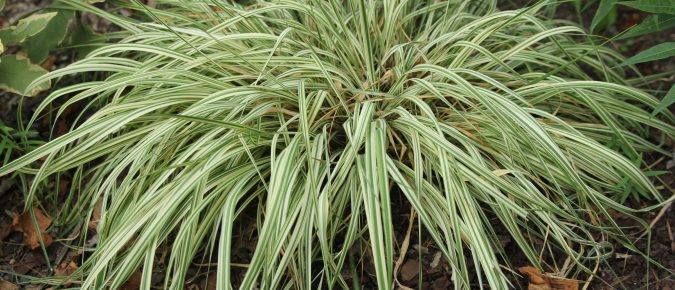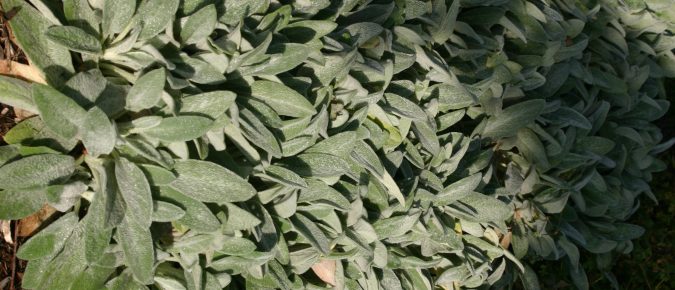Articles

Gardening Articles
Research-based horticulture information to help keep your plants and gardens thriving.
Hepatica
Spring is heralded in Wisconsin woodlands by a number of wildflowers. One of the earliest of these is Hepatica, with delicate, starry flowers in a range of colors from white to purple. Learn more about these native plants in the buttercup family, whose tri-lobed leaves were once thought to have medicinal properties, by reading this article…
River Birch, Betula nigra
River birch (Betula nigra) is a tall native tree that makes a great ornamental for large spaces because of its graceful form and attractive bark. To learn more about river birch, read this article.
Konjac, Amorphophallus konjac
Voodoo lily is a member of the philodendron family that grows from a tuber. Each tuber produces a single tripartite leaf on a tall, mottled stem. This unusual tropical plant is easy to grow as a seasonal conversation piece and store indoors as a dormant “bulb” during the winter. To learn more about Amorphophallus konjac, read this article…
Laurentia, Isotoma axillaris
Star-shaped flowers of blue, pink or white and ferny foliage makes laurentia a great filler in the flower bed or containers. Although this plant is really a perennial, since it is only hardy to zone 7, most Wisconsin gardeners use it as an annual to add pleasingly fine foliage and soft color in the garden. Read more about laurentia in this article…
Spotted Spurge, Chamaesyce (=Euphorbia) maculata
You’ve likely seen flat, mat-like plants spreading in your garden, on the roadside, or maybe even growing from the cracks in the driveway. This is most likely spotted spurge, a native plant with weedy characteristics. To learn more about this annual plant in spurge family (of which poinsettia is a member), read this article…
Rattlesnake Master, Eryngium yuccifolium
Rattlesnake master is a native herbaceous perennial from the prairies whose unusual golf ball-like flowers heads are rather sculptural and add winter interest. Although at home in native gardens, it also works well as an accent in the perennial border. To learn more about this plant in this article.
Northern Maidenhair Fern, Adiantum pedatum
With finely cut foliage, northern maidenhair fern is an attractive addition to shade gardens with rich moist soil. Adiantum pedatum is just one of many maidenhair ferns, although the only one hardy in our area. It has distinctive, fine-textured fronds on dark-colored stems up to 2 feet tall. Learn more about this native species in this article…
Bloody Dock, Rumex sanguineus
Bloody dock is an attractive plant with a network of brightly colored veins on its wide, lance-shaped leaves. This rosette-forming plant is easily grown as an annual or perennial in sun to partial shade and can even be used in a water garden. Find out more about Rumex sanginueus by reading this article…
Variegated Purple Moorgrass, Molinia caerulea ‘Variegata’
Purple moorgrass cultivar ‘Variegata’ is an attractive bunchgrass with airy flower spikes, offers striped cream and green foliage. Learn more about this delicate ornamental grass in this article.
Lamb’s Ear, Stachys byzantina, ‘Cotton Boll’
Lamb’s ears (Stachys byzantina) are frequently used in Midwestern gardens for their soft, silvery foliage. One cultivar that is a little different than the rest is ‘Cotton Boll’, so named for the unusual flower spikes that resemble cotton balls arranged along the stem. To learn more about this sterile cultivar with nice foliage, read this article…
Swiss Chard
The leafy vegetable Swiss chard is an easy-to-grow plant that is the same species as beets, but is grown for the leaves and enlarged petioles instead of the root. Learn more about chard in this article…
Scarlet sage, Salvia coccinea
Add some airy sprays of colorful flowers to your gardens with this pretty plant. A perennial in its native habitat from Central America to the southeastern US, scarlet sage is used as an annual or bedding plant in cooler climates. Several cultivars offer bright and pastel blooms on sturdy plants. To learn more about Salvia coccinea, read this article…

